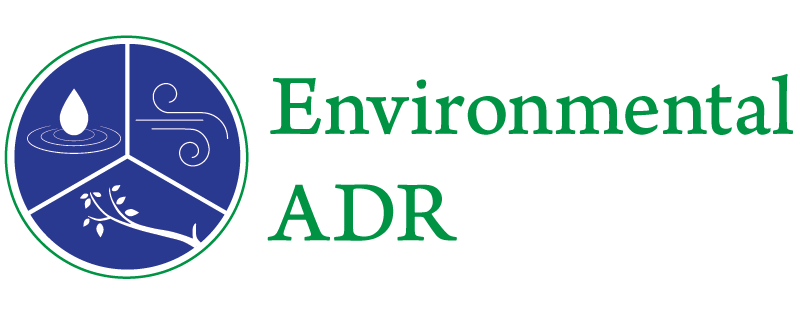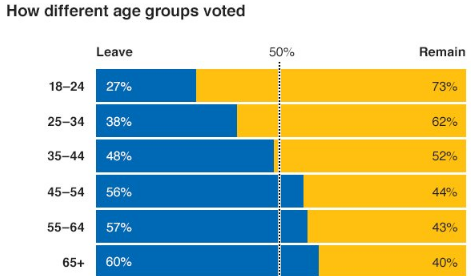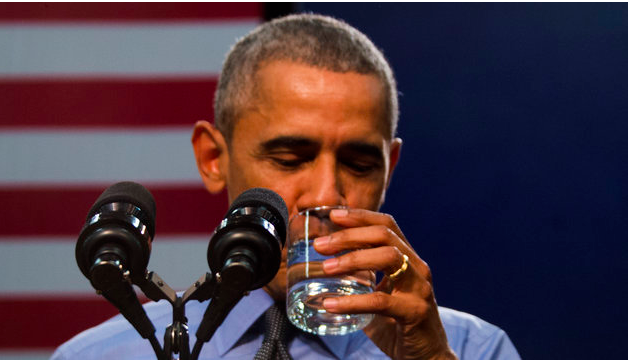 Call it “rough justice” if you prefer. This is yet another reason why many lawsuits are well suited to the mediation process. In environmental cases, for example, we cannot “rewind the tape” to see exactly when and how much of a particular contaminant was released into the environment, and by whom. Similarly, we cannot perfectly dissect the subsurface beneath our feet (like cutting a slice of birthday cake) and see the precise soil and groundwater pathways that a chemical release traveled over the course of months and years, vertically and horizontally. The best we can do is to drill for samples at various locations and depths where we expect the contamination to be found, to study the resulting evidence of the subsurface contours and the chemical concentrations found at each location. From this data we “reconstruct” what we believe most likely happened many months and years ago, where the chemicals were released and where they are now located, how we can most efficiently and cost effectively clean them up, and what will happen to the affected media if the problem is not corrected.
Call it “rough justice” if you prefer. This is yet another reason why many lawsuits are well suited to the mediation process. In environmental cases, for example, we cannot “rewind the tape” to see exactly when and how much of a particular contaminant was released into the environment, and by whom. Similarly, we cannot perfectly dissect the subsurface beneath our feet (like cutting a slice of birthday cake) and see the precise soil and groundwater pathways that a chemical release traveled over the course of months and years, vertically and horizontally. The best we can do is to drill for samples at various locations and depths where we expect the contamination to be found, to study the resulting evidence of the subsurface contours and the chemical concentrations found at each location. From this data we “reconstruct” what we believe most likely happened many months and years ago, where the chemicals were released and where they are now located, how we can most efficiently and cost effectively clean them up, and what will happen to the affected media if the problem is not corrected.
We cannot go back in time. Therefore, we must draw informed yet imperfect inferences from all the evidence we can find.
This is where environmental mediation comes in. With this data in hand, as evaluated by experienced professionals working for the disputants, we can vet the various studies presented though informed and professional debate. From these studies, peer review and discussion, we draw rational inferences from which we can answer the key legal and scientific questions presented, including: where is the contamination found and in what concentrations, what methods are available to clean it up it to required levels, at what cost and, ultimately, who should bear the costs and in what proportion.
This often is a more effective way to resolve disputes – by working to reach a professional consensus among lawyers and consultants on the most likely causes and fixes to the problems at hand. Over the last 30 years or more, through collective effort we have developed a stunning amount of knowledge about subsurface environmental pathways and the properties of the chemicals at issue as they travel in those pathways. We also have a much clearer understanding of the best available methods for remediating particular types of contamination. Equipped with this knowledge and experience, we are able to make important judgments and negotiate voluntary agreements that more efficiently accomplish what needs to be done and meets the needs of our clients and the public at large.
The imperfect evidence we obtain can, of course, provide the fodder for countless motions and countermotions as the parties try to litigate their way towards an upper hand. Or the same imperfect evidence can be studied and used by the parties, with the help of advisors, to shape a settlement through mediation. Ultimately, the voluntary agreements we reach can also serve to protect our clients against the evidentiary uncertainty by protecting them against future risks.






Leave a Reply